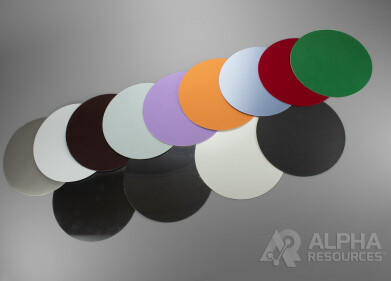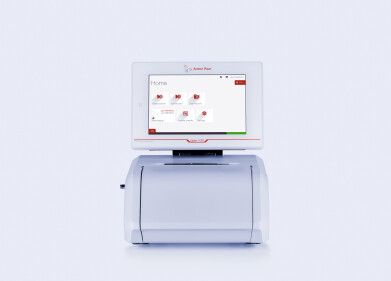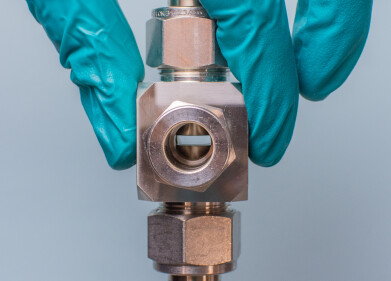Mass Spectrometry & Spectroscopy
How Does UV Spectroscopy Work?
Apr 25 2022
Of all the techniques available to scientists, UV Spectroscopy is one of the most useful. The characterisation tool is used across a wide range of industries, from forensics and pharmacology to astronomy and food analysis.
The foundations of UV Spectroscopy
UV Spectroscopy is founded in the idea that all matter is made up of elements. This includes common elements such as silicon, aluminium, iron and calcium as well as rare elements like neptunium, berkelium and curium. Every element absorbs wavelengths of light in different ways. This means spectral patterns can be used to detect and quantify individual elements within matter.
Some wavelengths are visible to the human eye and others, such as ultraviolet wavelengths, can’t be seen. UV Spectroscopy uses specialised instruments to analyse wavelengths in the UV range, generally between 200 and 400 nm. Many UV Spectrometers feature single beam optical systems and others use a double beam to improve accuracy and precision.
As a type of absorption spectroscopy, UV Spectroscopy is concerned with how molecules absorb radiation. Data is generated by directing UV light towards a sample. This excites electrons and forces them to move from their ground state to a higher energy level. As this occurs, the electrons release wavelengths, also known as a spectrum. These patterns are used to reveal the elemental composition of the sample.
Applications for UV Spectroscopy
UV Spectroscopy is an incredibly diverse analytical tool used for a myriad of applications. Below, we take a closer look at some of the most common uses, as well as some more unconventional applications.
-
Food and beverage analysis
UV Spectroscopy is widely used for testing, analysis and quality control in the food and beverage industry. Recently, the technique has been employed to analyse gin storage conditions and monitor oxidation rates of the botanical liquor.
-
Monitoring bacterial growth
In scientific laboratories, researchers use UV Spectroscopy to monitor bacterial growth in cell cultures. Analysing wavelengths in the UV range offers insight into the growth behaviours of bacteria such as E. coli. UV Spectroscopy is also used to observe and analyse ‘good’ bacteria such as Lactobacillus, a probiotic species found in the human digestive tract.
-
Astronomical research
When paired with telescopes, UV Spectroscopy can be used to measure wavelengths released by celestial objects, including stars and planets. Data offers astronomists insight into what elements are present in the objects and their concentrations.
UV Spectroscopy is well-suited to a wide range of tasks, however it’s not the only characterisation tool that uses light patterns to analyse matter. Find out more about other analytical tools used by scientists, including techniques such as Atomic Absorption Spectroscopy (AAS) and Nuclear Magnetic Resonance (NMR) Spectroscopy in ‘What Are the Different Types of Spectroscopy?’
Digital Edition
Lab Asia 31.6 Dec 2024
December 2024
Chromatography Articles - Sustainable chromatography: Embracing software for greener methods Mass Spectrometry & Spectroscopy Articles - Solving industry challenges for phosphorus containi...
View all digital editions
Events
Jan 22 2025 Tokyo, Japan
Jan 22 2025 Birmingham, UK
Jan 25 2025 San Diego, CA, USA
Jan 27 2025 Dubai, UAE
Jan 29 2025 Tokyo, Japan



















